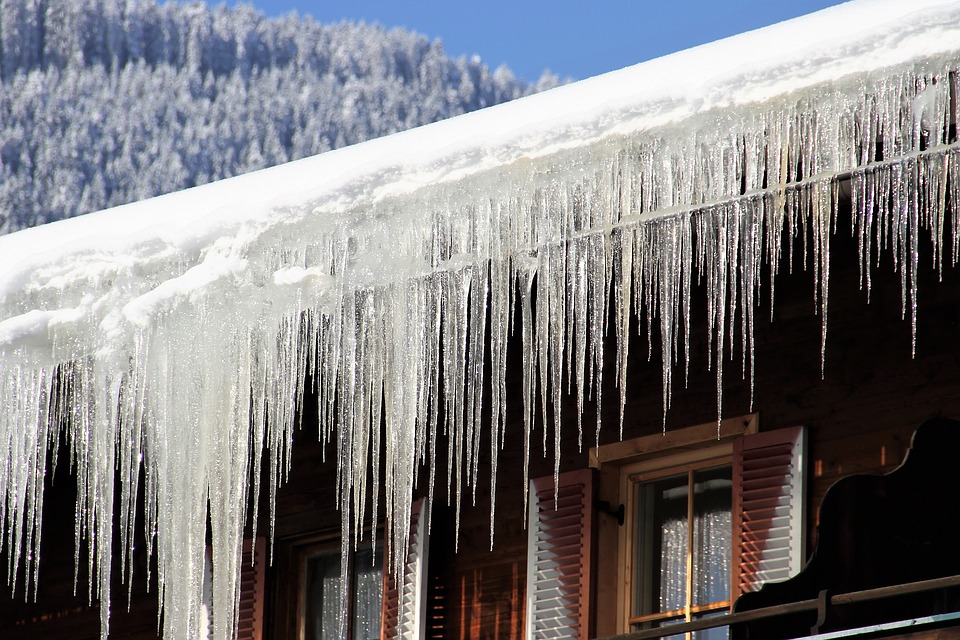Good House Design Basics – The Weather Essentials You Should Keep In Mind
By The Shower Drapes | Blog
By The Shower Drapes | Blog

A good house design gives due weightage to the climatic conditions of the proposed area of the property.
After you have taken a call to build a new house, various aspects come into play. The planning process includes house design, which helps make the structure be a comfortable home to your family and you during the various seasons.
You should consider energy efficiency, maximum comfort, ease of usage, and convenience as your key factors while taking a call on the design.
You can start the process by finding out the weather conditions of your selected area. Choosing to check the historic weather data of the area from reliable sources like Tomorrow.io’s forecast website can help you better understand the conditions that your house will face.
If you are in Tennessee, you will know that the temperature varies from one region to another. The buildings that lie on the west side of the state will face different weather conditions compared to the east side. You can brace for the summers where the mercury touches higher temperature levels.
Therefore it is better to have an understanding of the average rainfall, snow, and temperature ranges for the particular region where you are planning to build a new house.
You should start the design of the house from the ground up. It is a crucial aspect of the design, as your foundation can experience a lot of damage due to fluctuations in weather patterns.
If your house design has a basement, you should take steps to ensure the proper pouring of the area. Considering building your house in a suitable climate also makes a lot of sense.
Winter may not be the ideal season for the building process if it includes the use of concrete. It can lead to a weak foundation if the temperature conditions are not ideal at the time of pouring.
Your basement should have proper installations and can consider insulated concrete forms or ICF when planning the design. Such material will allow moisture and airflow and help reduce heat loss.
If your design has any landscaping, then you should make sure to grade them properly. It means that the slope of the house should extend by about 6 inches beyond its foundation. An appropriate grading will ensure that all forms of water can run away from the foundation.
It is especially vital as no one wants to learn the hard way and experience a foundational defect. You should look after the grading of the house for the entire duration of its lifespan or your homeownership. If at any point in time you find that animals burrow close to your home, you should address the issue immediately.
When you build your house in an area where snow is a critical concern, you can choose a steeply pitched roof. The roof of your house can serve during adverse climatic conditions and help save energy too. It is one of the most crucial elements that can contribute to the longevity of your home.
If the roof of your house develops any damage or leak at any point in time, it can adversely affect the interior. It is always advisable to build a roof that does not accumulate snow as it can lead to a lot of trouble.
If you are building your house in an area that gets a lot of rainfall, you can choose a simple roofline. It can help you to prevent the water from entering your attic.
Another vital aspect is the placement of windows in your house design. As a thumb rule, south-facing windows are an excellent source of heat generation. If you have a prolonged winter, then such a window can be of great help. Your family will appreciate the comfort due to the extra heat. You can draw the shades in summer to tackle the heat. An investment in thermally appropriate windows can help you in the future.
Therefore durability of a house is very crucial. If you can ensure that your house design incorporates the impact of the local weather conditions, you can expect it to last longer. Opting to use the appropriate material and using the natural sources of light and heat properly can help you be energy efficient.
You can refer to the historic data of the area to find more about what you can expect.
Why Students Increasingly Suffer From Psychological Illnesses
Understanding the Benefits of Window and Door Replacement
How Does the Shower Curtain Liner Go Inside the Tub?
How to Wash Vinyl Shower Rod With a Squeegee
Learning How Often Should You Change Shower Curtain Liner
How to Remove Mold From Polyester Shower Curtain
Is a Plastic Shower Curtain Recyclable?
IKEA Shower Curtain Rod
There are affiliate links in this post. At no cost to you, I get commissions for purchases made through links in this post.